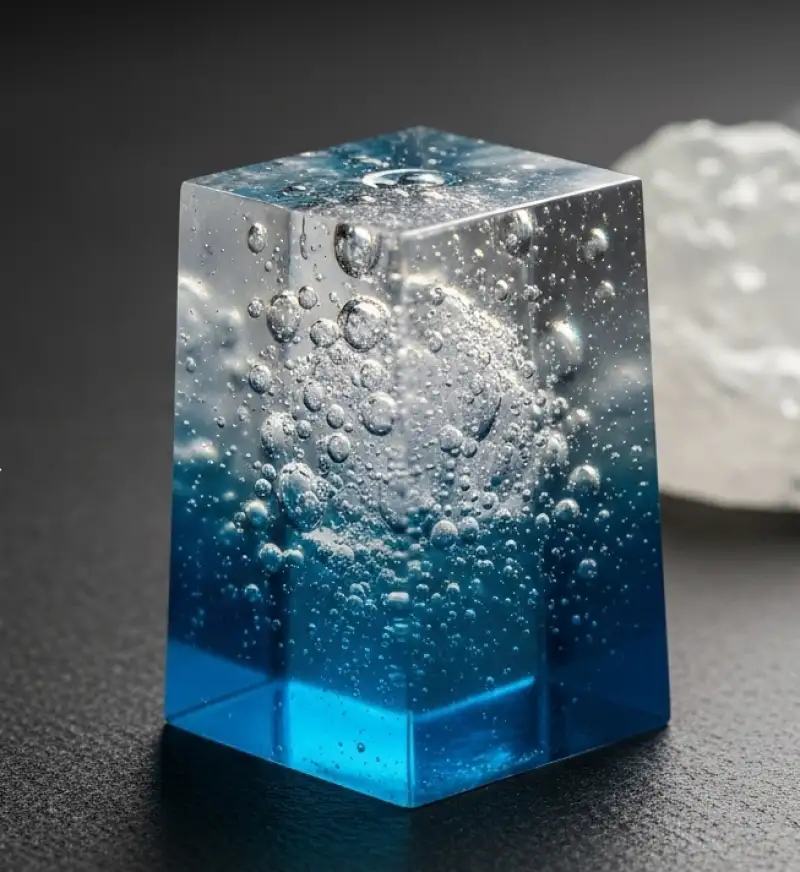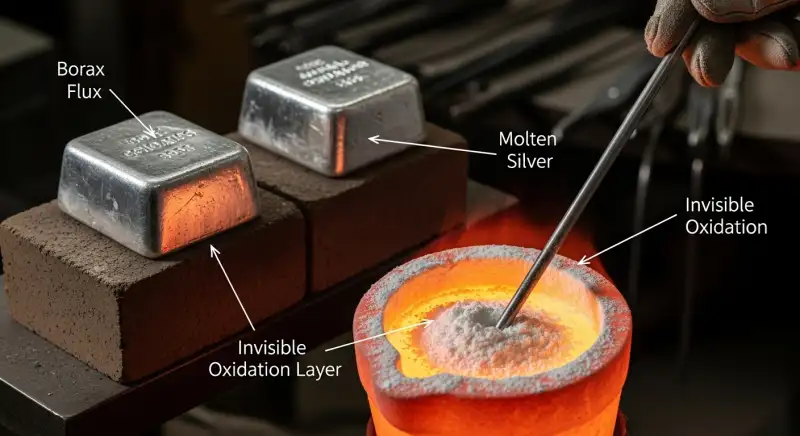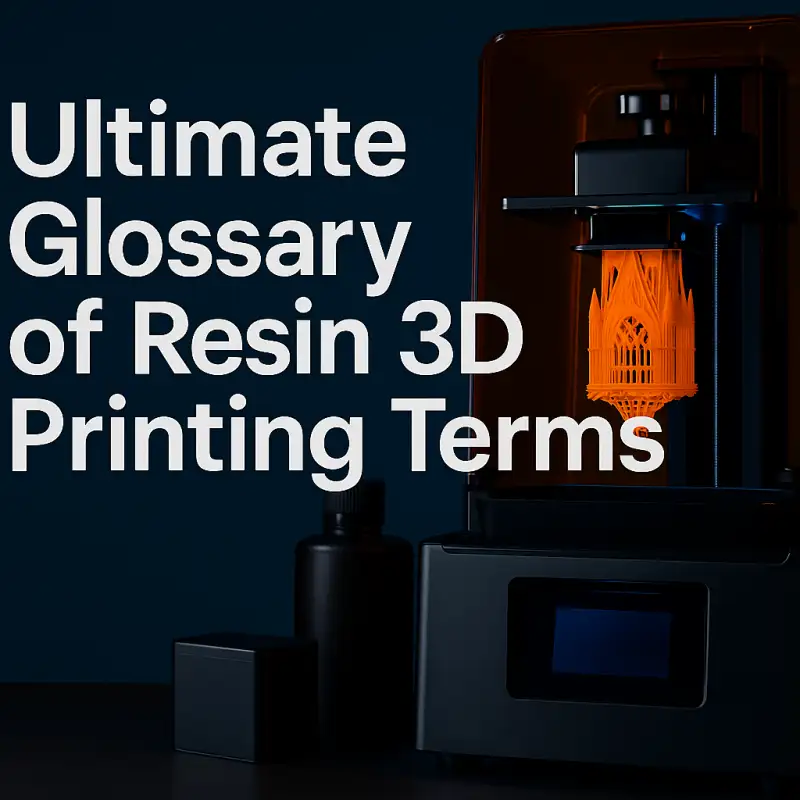Shinaf pendants are not simple designs. They require engineering-level precision, controlled wall thickness, and reliable performance from the castable resin. Every curve, depth, and twist must be produced with accuracy to prevent warping, breakage, or casting defects. This blog explains how material stability, correct exposure settings, engineering-based support logic, and optimized casting flow help achieve clean, high-detail, and production-ready Shinaf pendant models.
In jewelry casting, precision begins long before metal meets mold. One often-overlooked yet crucial step is de-bubbling the investment flask. Air trapped inside the investment mixture can distort molds, cause surface defects, and weaken castings. By using a high-performance vacuum pump and proper de-bubbling techniques, casters can eliminate porosity and preserve intricate details in both wax and 3D-printed resin patterns.
This study (SL-M-W-14) explores advances in filigree jewellery casting using Silk Wax resin and pure silver alloyed with Legor 8F928CH. By refining burnout cycles, adjusting casting temperatures, and introducing Borax to reduce oxidation, the trial achieved cleaner surfaces, sharper details, and greater process reliability. The results confirmed improved surface finishes and stability, providing valuable casting data and assessment for future jewellery production.
From resin to relic, our casting journey blends artistry with precision. By starting with castable resin, we capture delicate patterns and complex structures that honor the artist’s vision. Advanced techniques, precision molds, vacuum systems, and careful temperature control transform liquid resin into timeless pieces that balance beauty with durability. Each creation reflects both innovation and craftsmanship, delivering jewelry and décor that customers can treasure for years.
The interaction between castable resin and investment molds defines the success of jewelry casting. Poor burnout or resin expansion can cause cracks, ash residue, and surface defects, while controlled resin selection and burnout cycles deliver smoother, more reliable results. By mastering resin–mold behavior, we help jewelers achieve consistent castings with cleaner surfaces, reduced rework, and improved production efficiency.
Hybrid casting workflows bring together the precision of 3D printing and the craftsmanship of traditional jewelry making. By combining digital masters with skilled bench refinements, jewelers achieve faster production, cleaner surfaces, and consistent casting results. This process reduces rework, improves metal quality, and ensures every design moves from CAD to casting tree with accuracy and efficiency.
Rosewax Castable Wax Resin, formulated with 82% genuine wax, brings jewelers the authentic casting behavior of traditional wax with the efficiency of modern 3D printing. Its high wax content ensures clean burnout, smoother surfaces, and fewer defects, while stronger handling reduces the risk of breakage in delicate designs. From filigree details to complex geometries, Rosewax delivers consistent, reliable results that save time in finishing and improve overall casting quality.
Silkwax is reshaping 3D-printed jewelry casting by solving the long-standing challenges of traditional wax resins. Formulated with genuine wax content, it delivers clean burnout and casting reliability that jewelers trust. Unlike brittle standard wax, Silkwax provides stronger, more durable models that support ultra-fine details and filigree work. Combined with faster, more consistent printing, it helps jewelers achieve flawless results while saving time and reducing casting failures.
Invisible oxidation in silver casting can silently damage quality, even inside controlled systems. We use Borax not just as a flux, but as a barrier that protects molten silver during the entire casting process. From reducing oxides to improving mold fill, this guide explains how Borax supports better results in automated casting setups.
This glossary breaks down the most important terms in resin 3D printing. From printer types and material properties to post-processing and advanced techniques, it offers a simple way to understand the tools and steps behind high-quality resin prints. Ideal for professionals in jewelry, dental, and prototyping, it helps improve print results, reduce errors, and streamline your workflow.










